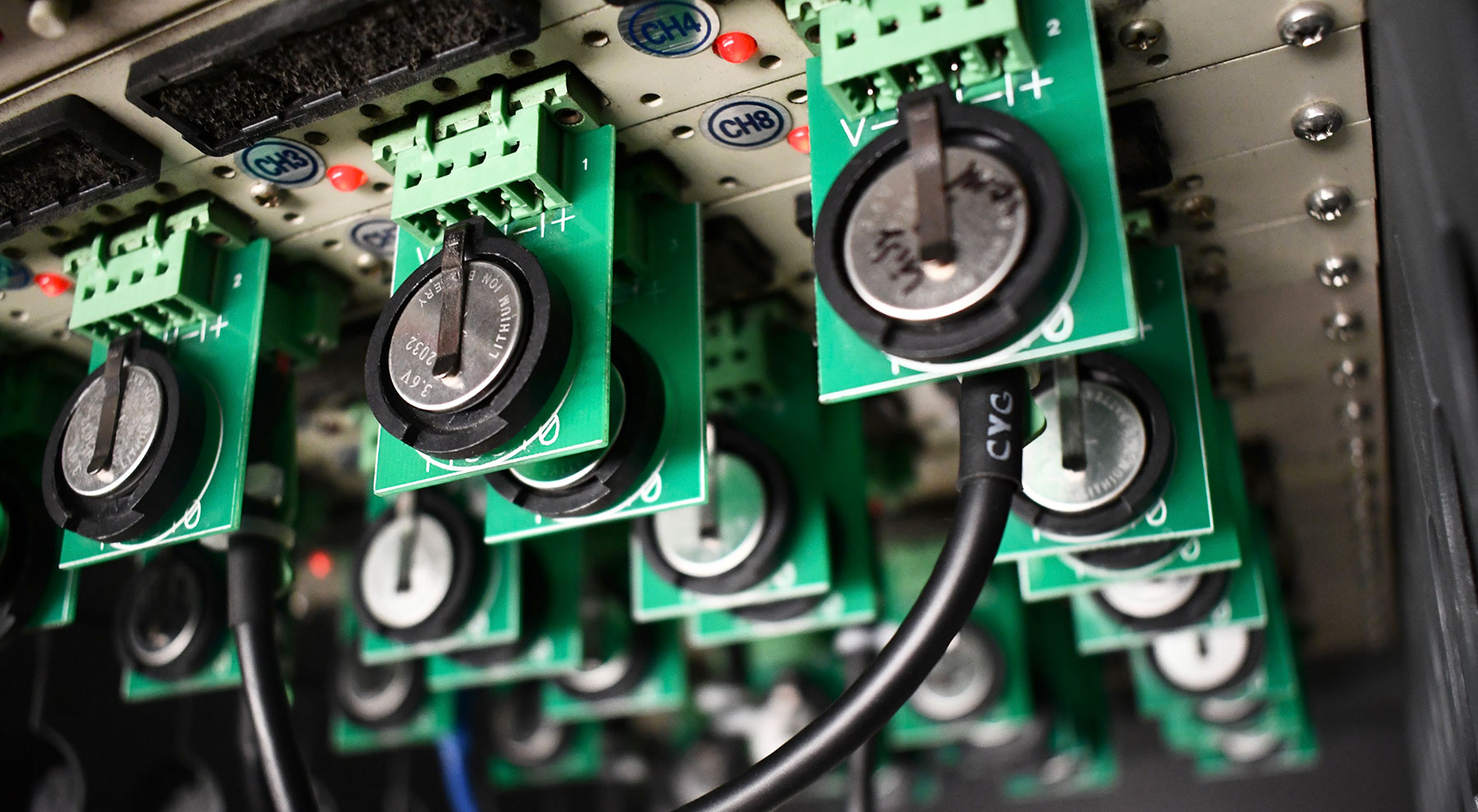Wayne State researchers collaborate with international team on improving longevity and functionality of lithium metal batteries
A team of scientists from Wayne State University, the University of Jena in Germany and Boston University have developed a method that doubles the lifetime of lithium metal batteries and could pave the way for improved energy storage in goods ranging from electric vehicles to portable electronic devices. This technology, a nanometer-thick membrane that prevents the formation of lithium dendrites, was recently published in the journal Advanced Energy Materials.
A battery is comprised of a cathode (positively charged), an anode (negatively charged), an electrolyte that moves charges between the two electrodes, and a separator to insulate them from touching each other and prevent shorting. Conventional lithium ion batteries use graphite anodes, but lithium metal has roughly 11 times more energy per unit weight than graphite.

The biggest challenge hindering the application of lithium metal batteries is the formation of dendrites, which are small, needle-like crystalline structures that puncture the separator and cause the battery to fail.
"The lithium-ion flux across the separator highly depends on its design, where the pores of the separator play a key role in regulating the ion movement," said Leela Mohana Reddy Arava, associate professor of mechanical engineering at Wayne State University. "The primary innovation here is stabilizing the electrode/electrolyte interface by introducing a membrane that does not alter current battery manufacturing processes. Interface stability holds key in enhancing the performance and safety of an electrochemical system."
"The separator gets the least amount of attention when compared to the other components of the battery," said Sathish Rajendran, a fourth-year Ph.D. student in Arava's lab. "The extent to which a nanometer thick, two-dimensional membrane on the separator could make a difference in the lifetime of a battery is fascinating."
The pores of the separator influence dendrite nucleation, an occurrence that can be avoided if the ion transport is more homogeneous. The team applied an extremely thin membrane composed of carbon to the separator, with pores measuring less than one nanometer in diameter.
"These tiny openings prevent the formation of nuclei, with a critical nucleus size required for the formation of dendrites," said Andrey Turchanin, professor of physical chemistry at the University of Jena. "Instead of forming dendritic structures, the lithium is deposited on the anode as a smooth film."
These film deposits present no risk of damage to the separator membrane, and the functionality of the battery is not affected.
"To test our method, we recharged test batteries fitted with our hybrid separator membrane over and over again," says Antony George, senior scientist at the University of Jena. "Even after hundreds of charging and discharging cycles, we couldn't detect any dendritic growth."
Confident that these findings have the potential to bring about a new generation of batteries, the team has applied for a U.S. patent and plans to explore ways to integrate their method into the manufacturing process.